9 Ways to Improve NPS Response Rates
Read More
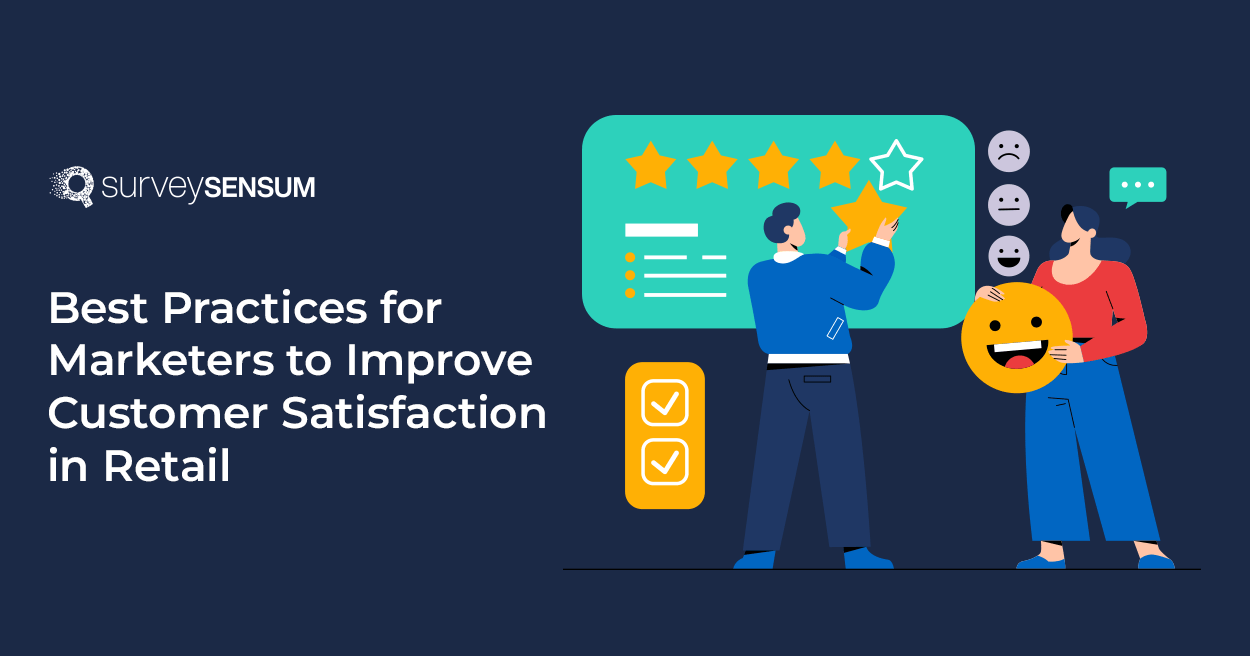
As a savvy marketer at Reliance Trends, focused on retail customer experience and using a retail customer feedback platform, you’ve invested your expertise in creating captivating marketing campaigns and dedicating substantial resources to drive customer acquisition.
Yet, despite these efforts, you notice a decrease in sales and declining customer loyalty.
It’s disheartening, right?
Even as a retail giant, Reliance Trends struggles with customer retention.
So, what’s missing?
Here’s an eye-opening statistic – ‘78% of customers have backed out of purchase due to a poor customer experience’- Glance, Counting the Customer.
Now you know that as a marketer, winning over customers is not enough; keeping them satisfied is the real game-changer.
So, how to keep your customers satisfied?
By putting yourself in their shoes. And offer everything that an ideal shopping experience entails – seamless transactions, personalized interactions, exceptional service, and genuine care. This is where your role as a marketer becomes essential.
And, here’re the 7 best practices that you can use to embrace customer satisfaction in retail. So, get ready to shift your perspective from a transaction-focused mindset to a customer-centric approach.
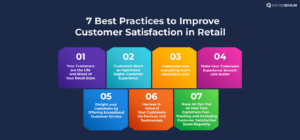
Let’s dive into these 7 tips to improve customer satisfaction:
Understanding your customer’s needs and expectations is important to truly elevate customer satisfaction in the retail industry.
Why?
Because only by knowing your customer’s preferences, behaviors, and expectations, you can offer them exceptional experiences. And this will boost customer satisfaction and encourage them to visit more often.
Now comes a question – What can you do to understand your customers?
The best way to understand your customers’ needs is by simply asking them.
So, launch customer feedback surveys.
And the ideal way to do that is by gathering their feedback at each touchpoint across the customer journey. This will help you recognize the touchpoints with the most friction, and understand the gaps between customer expectations and the experience that you are providing.
Knowing these customer preferences, behaviors, and expectations will help you shape your marketing strategies.

For instance, Patagonia, a trendy fashion store conducted surveys, and discovered that its target customers are looking for sustainability and eco-friendly fashion choices. Armed with this knowledge, they curate a collection that aligns with their values – enhancing their satisfaction and loyalty.
These personas will provide a window into the minds and lives of your target customers. And by understanding their demographics, psychographics, and pain points, you can tailor your marketing efforts to resonate deeply with them.
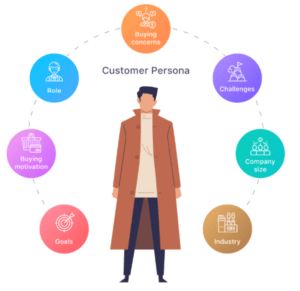
To understand it better, think about yourself as a manager of a tech store, and by creating buyer personas you identified your ideal customers are young professionals seeking innovative gadgets that simplify their lives. After having this knowledge, you can craft compelling marketing messages that highlight the convenience and efficiency of your products.
Nowadays customers want a seamless and optimized digital customer experience.
And ‘companies that have embraced digital transformation are 26% more profitable than their peers’ – The Digital Advantage: How digital leaders outperform their peers in every industry?
That’s why as a marketer, you must adapt your strategies and meet these expectations head-on because this is what customers want from their favorite retail brands.
Now you’d be wondering – HOW?
Because your customers want the flexibility to engage with your brand across various channels seamlessly. By implementing a cohesive omnichannel approach, you ensure that customers can interact with your brand effortlessly via any marketing channels, whether it’s through your website, social media, mobile apps, or in-store experiences.
Nike China, for example, activated its digital community by offering virtual workouts and saw an 80% increase in weekly active users of its app. – Mckinsey, Adapting to the next normal in retail: The customer experience imperative
Your customers should experience a cohesive brand image and message, regardless of the channel they engage with. By aligning your marketing efforts and delivering a consistent brand experience, you establish trust and create a seamless journey for your customers.
For example, Urban Oasis, a retail store, prioritizes consistent personalized messaging across all touchpoints.
By implementing these strategies, Urban Oasis creates a seamless experience, ensuring that customers receive personalized messaging whether they engage in-store or online, fostering loyalty and enhancing the overall retail journey.
You know we are living in a world where digital and physical interactions intertwine, and customers crave a harmonious blend of both.
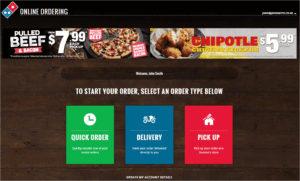
For example, Domino’s has successfully integrated its online and offline experiences by offering in-store pickups for online orders, personalized recommendations based on customers’ online browsing history, and interactive digital displays in its brick-and-mortar stores. This cohesive approach delivers a delightful customer experience and fosters long-term satisfaction.
New Epsilon research shows 80% of customers are more likely to make a purchase when brands offer personalized experiences.
Giving personalized customer experience is one of the best practices that you can incorporate. This can help you to make strong customer relationships, build loyalty and boost satisfaction.
But now comes a question – How to incorporate personalization into your marketing strategies?
You know your customer needs by implementing the first best practice so, now you’ve to leverage the gathered data and insights, segment your customer and deliver personalized messages and offers that meet their needs, unique preferences, and interests.
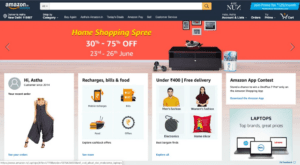
For example, Amazon uses data analytics to analyze customer purchase history and browsing behavior to offer personalized product recommendations and exclusive discounts. This personalized approach not only increases customer satisfaction but also boosts sales and customer loyalty.
Gather customer data to create personalized experienced with SurveySensum
Your customers want a hassle-free and effortless shopping experience. So, what will you do as a marketer to deliver it?
Prioritize website usability and navigation
Why?
Because 89% of consumers switched to a competitor’s websites as a result of bad user experience – WebFX, Why User Experience Matters to Marketing
That’s why you should prioritize website usability and navigation. Because when customers research and effortlessly find what they’re looking for and navigate the website hassle-free, they are more likely to make a purchase — exactly what you want.
Also, conduct user testing and gather feedback to identify pain points and optimize your website’s design and functionality perfectly for a seamless shopping experience.
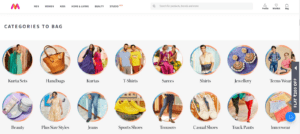
For instance, the Myntra app has categorized each type of outfit, accessories, and footwear to make their customer’s experience easy-peasy. And that’s how they’re boosting sales, customer loyalty, and satisfaction.
Prioritizing website usability and navigation is not enough, to deliver a seamless experience at the brick and mortar stores, you must streamline checkout processes and reduce friction.
You know no one wants to be in the queue for hours to buy the product. It’s a major turn-off for your customers. So, simplify the checkout process by installing a self-checkout process like Decathlon – minimizing the number of steps, offering guest checkout options, and providing clear and transparent pricing information.
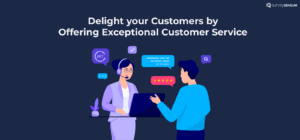
Have you ever visited a Ray-Ban store to buy sunglasses?
If so, then you must have encountered a customer service agent approaching you with a smile to help you to choose the perfect sunglasses for you as per your face structure. Sounds relatable?
Well, this is just one scenario that shows how a trained customer service agent can offer exceptional customer experiences.
As a savvy marketer in the retail industry, you know that exceptional customer service is the secret element to winning over hearts and driving customer satisfaction.
So, how can you elevate your retail customer service game and create unforgettable customer experiences?
But make sure you avoid certain pitfalls. As Invoca’s report Inflation Driving Increased Demand for Superior Customer Experiences highlights that 59% of consumers say rude agents create a terrible call experience, 58% say long hold times, 54% say too many transfers, and 46% say having to repeat information.
So, embrace this best practice to offer great customer service. And leverage every interaction between you and your customer to leave a positive impression.
Explore SurveySensum to Improve your Customer Experience
As a shrewd marketer in the retail industry, you’re always on the lookout for innovative strategies to boost customer satisfaction.
But are you aware of one powerful weapon in your arsenal to boost customer satisfaction?
Well, that is leveraging the influence of customer reviews and testimonials.
You can do that by harnessing the voice of customers through social proof. With this, you can create an irresistible allure for your brand and significantly enhance customer satisfaction.
But, how?
Start by using – SOCIAL MEDIA CHANNELS.
Yes, you read it right! Social media channels like Facebook, Instagram, Twitter, etc., give an ideal space for customers to share their experiences and express their love for your products or services. You can also use social media scheduler to efficiently engage your audience. You can use these channels to encourage and highlight positive customer feedback.
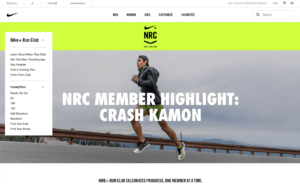
For example, Nike leveraged customer reviews and testimonials through the Nike Run Club (NRC) and member spotlight, where real NRC members shared their inspiring stories about fitness, NRC, and Nike’s impact on their lives, creating an unconventional yet powerful lead-generating website testimonial page.
Also, you can actively engage with your customers on these channels by responding to their comments and sharing their positive reviews to showcase your commitment to customer satisfaction.
The more genuine and heartfelt testimonials you collect, the stronger your brand’s reputation becomes.
How will you get to know how many customers are happy and satisfied with your products and services?
How will you understand why customers are leaving your brand?…
Many more questions can be asked but what’s the solution?
The solution is to MEASURE and ANALYZE the customer satisfaction score regularly.
Yes, by measuring customer satisfaction scores, you can gauge customer sentiment and identify areas for improvement and then take relevant action on gathered feedback.
But here comes a question – How can you measure it?
One way to measure customer satisfaction is using KPIs like Net Promoter Score (NPS), Customer Effort Score (CES), and Customer Satisfaction (CSAT) surveys, etc. By consistently collecting feedback through these surveys, you can gain valuable insights and take targeted actions to enhance the overall customer experience.
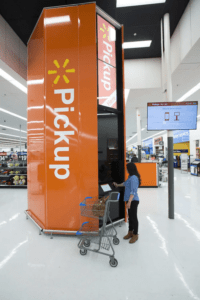
Here’s an example to understand it better. Many supermarkets like Walmart have strategically placed customer feedback kiosks in their stores. This allows customers to provide real-time feedback on their in-store experience. By implementing this feedback system, the stores can gather valuable input from customers as they shop. After measuring the customer satisfaction score, they get valuable insights and then use them to make data-driven decisions and enhance customer satisfaction.
Remember, in the retail industry, tracking and analyzing the customer satisfaction score is not just an option; it’s a strategic imperative for sustainable success.
With these best practices you can not only boost customer satisfaction in retail as a marketer, but can also deliver remarkable customer experiences that foster customer loyalty, build enduring connections, drive revenue growth and this provides a solution for local SEO.
And to make your process easier to achieve this, try SurveySensum. This retail customer feedback software helps you create actionable customer feedback surveys. With its user-friendly interface and powerful features, SurveySensum empowers you to gather valuable insights directly from your customers. By leveraging this tool, you can identify areas for improvement, make data-driven decisions to boost customer satisfaction, and much more.
Your in-store retail’s success hinges on the satisfaction of your customers, so prioritize their needs, listen to their feedback, and continuously strive to exceed customer expectations.
